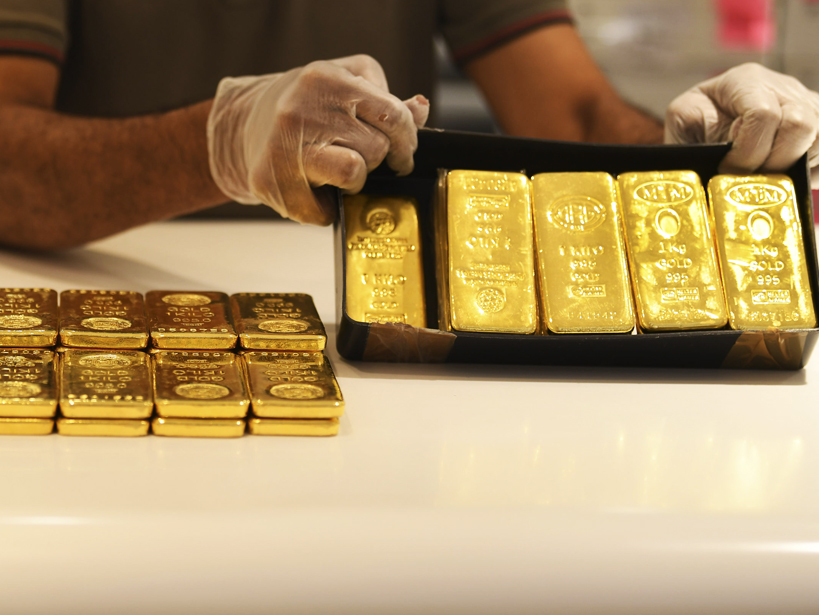In a historic event for the global economy, gold has surged past the $2,725 per ounce mark, setting an all-time high and reinforcing its role as a safe-haven asset. This unprecedented price rally reflects a combination of factors, including inflation fears, geopolitical tensions, and economic uncertainty, making gold more attractive to investors worldwide.
Key Drivers of the Surge
- Global Economic Uncertainty: The global economic landscape remains volatile, with concerns over inflation, rising interest rates, and ongoing geopolitical tensions such as conflicts in Eastern Europe and the Middle East. As a result, investors are flocking to gold, which has historically been seen as a safe store of value in times of uncertainty.
- Inflation Pressures: Persistent inflation continues to erode the purchasing power of fiat currencies. With central banks around the world tightening monetary policies, including the U.S. Federal Reserve’s aggressive interest rate hikes, gold has become a hedge against inflation. As inflation shows little sign of slowing, investors are seeking refuge in precious metals, particularly gold, which tends to maintain its value in times of economic stress.
- Weakening U.S. Dollar: The weakening of the U.S. dollar is also a significant contributor to gold’s price surge. When the dollar weakens, gold becomes more affordable for investors holding other currencies, increasing global demand. The interplay between the dollar’s value and gold prices has been a longstanding dynamic, and the current trend favors higher gold prices as the dollar’s strength wanes.
- Central Bank Buying: Central banks worldwide have been increasing their gold reserves. In 2023, central banks globally added over 1,000 metric tons of gold to their reserves, a record amount not seen in decades. Countries like China, India, and Russia are seeking to diversify their holdings away from the U.S. dollar, boosting the demand for gold. This steady accumulation of gold by central banks has contributed to the supply-demand imbalance, pushing prices higher.
- Market Volatility and Demand from Investors: Equity markets have experienced significant volatility, with concerns over tech sector layoffs, supply chain disruptions, and recessionary fears. This has further spurred demand for gold as a stable investment. Exchange-traded funds (ETFs) linked to gold have seen increased inflows, adding to the upward pressure on prices.
The rise of gold to over $2,725 per ounce underscores the shift in investor sentiment toward precious metals as a secure investment option. This price movement has prompted investors to reevaluate their portfolios, with many increasing their allocation to gold to balance risks in other asset classes like equities and bonds.
For countries with significant gold reserves, like the United States, Germany, and China, this surge in gold prices has bolstered their financial positions. However, for nations heavily reliant on imports, particularly those needing to import gold for their industries or jewelry sectors, the rise in prices could exacerbate trade imbalances.
Analysts are divided on whether gold will continue its upward trajectory. Some experts believe that continued inflationary pressures, central bank demand, and economic uncertainty could push prices even higher, with some speculating gold could reach $3,000 per ounce in the near future. Others caution that if inflation moderates and geopolitical tensions ease, gold could stabilize or even retreat as investors shift back to riskier assets like stocks.
However, one thing remains clear: the surge past $2,725 per ounce has cemented gold’s status as a crucial asset in the global financial system, particularly during periods of instability.
As gold breaks through the $2,725 per ounce threshold, its role as a hedge against economic uncertainty has never been more apparent. With a mix of inflationary pressures, central bank demand, and geopolitical instability, gold has emerged as one of the most reliable assets for preserving wealth in turbulent times. Whether the price continues to climb or stabilizes in the coming months, gold’s appeal as a safe haven is stronger than ever.


